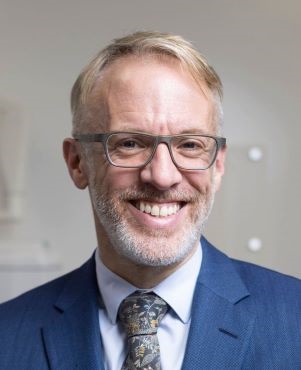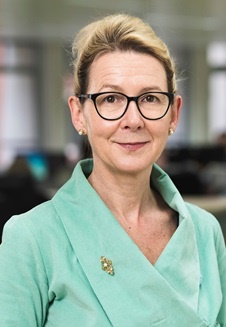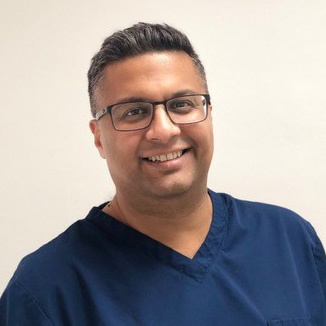Black Leaders Matter: 12 months on

In September 2020, Funmi Oluwajana shared her thoughts on identity and leadership in dentistry as part of a series of blog posts on racism and discrimination. Just over a year on, and as we celebrate Black History Month, she revisits the events of the past year and the benchmark they have set for a promising future.
In
the year that has passed since I last sat down to pen my thoughts, there are some things that are unfortunately still with us that I thought would have gone away (COVID-19), but there are other things that have persisted, despite the multilevel challenges
the world and our profession has faced. It would seem that the social justice movement towards a more equitable, diverse and inclusive society and profession, as a result of the Black Lives Matters movement, has prevailed against all odds, and that gives
me an immense sense of hope and joy.
Social movements carry an inherent risk of ‘running out of steam’. All too often the outcry for change and justice is just a blip in an otherwise unconscious acceptance
of the status quo. So the fact that we have maintained pace and pressed on reassures me that there was something different, something unique about this particular time. I’m sure there are many factors that have played a role in the sustainability
of this movement, but one thing that stands out for me is the allyship. People of all different ages, backgrounds and parts of the profession have come together, galvanised by a common goal and belief, to do what only a group of unified, motivated individuals
can do; change the world. The work that individuals and organisations, particularly the Diversity in Dentistry Action Group (DDAG) and the commitments made by its stakeholder members to Equality, Diversity and Inclusion (EDI), demonstrate just what can be achieved in 12 short months – more than has been achieved in the previous 12 years. So, both personally, and professionally, thank you.
As a profession, we should be incredibly proud of what we have achieved and how far we have come. But with that being said, let’s not take our foot off the gas, there is still work to do. Despite our governments best attempt to deny institutional
and structural racism (the less said about the Sewell Report, the better), I believe that many eyes have been opened and hearts turned towards the challenging experiences of some of our colleagues and patients. Racism, discrimination and EDI have
made it on to the agenda of every boardroom meeting and every staff room coffee break chat, but where do we go from here; how do we garner our discussion and dialogue into action?
 eGDC
eGDC















